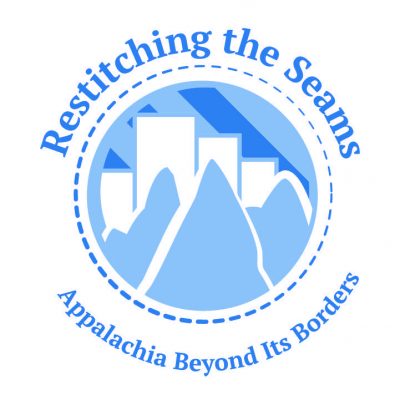Participation Type
Poster
The War on Drugs in Appalachia as a Social Movement: A Comparative Study
Presentation #1 Abstract or Summary
The War on Drugs can trace its roots to the Nixon Administration in the early 1970’s, yet drug abuse is still prevalent today. This has been especially true in Appalachia, where Ohio and West Virginia lead the country in overdoses and overdose deaths, respectively. Three of the top five states for drug overdoses and eight of the nineteen states that saw significant increases in drug overdoses from 2014 to 2015 are Appalachian states (CDC, 2016). For this presentation, I will address the three following questions: 1. How does the opioid epidemic in Appalachia compare to other drug epidemics in the past? 2. How do measures taken against the opioid epidemic in Appalachia compare to techniques used to combat drugs in the past? and 3. If the social/political movements against drugs in the past differ from what is occurring in Appalachia, why is this the case? Whereas there was a large and focused state response to the cocaine epidemic in America’s cities during the 1980s and 1990s, I argue that community-driven social movements have been crucial to creating awareness of the opioid crisis in Appalachia. Using current data and existing literature for historical context and theoretical analysis, I argue that state action against drugs in Appalachia differs from that of past drug epidemics based on place, time period, and cultures/people affected. This place-based analysis sheds light on the how the War on Drugs applies to Appalachia and helps guide us in pursuit of remedies to drug use issues in the region.
Reference:
CDC. (2016, December). Drug Overdose Death Data. Retrieved September 2017, from Centers for Disease Control and Prevention:
https://www.cdc.gov/drugoverdose/data/statedeaths.html
At-A-Glance Bio- Presenter #1
Wes Gilkey is a graduate student of sociology at Ohio University in Athens, Ohio, where he was born and raised. His research interests include rural development, poverty and agriculture in rural areas, and drug abuse in Appalachia.
Conference Subthemes
Health
The War on Drugs in Appalachia as a Social Movement: A Comparative Study
The War on Drugs can trace its roots to the Nixon Administration in the early 1970’s, yet drug abuse is still prevalent today. This has been especially true in Appalachia, where Ohio and West Virginia lead the country in overdoses and overdose deaths, respectively. Three of the top five states for drug overdoses and eight of the nineteen states that saw significant increases in drug overdoses from 2014 to 2015 are Appalachian states (CDC, 2016). For this presentation, I will address the three following questions: 1. How does the opioid epidemic in Appalachia compare to other drug epidemics in the past? 2. How do measures taken against the opioid epidemic in Appalachia compare to techniques used to combat drugs in the past? and 3. If the social/political movements against drugs in the past differ from what is occurring in Appalachia, why is this the case? Whereas there was a large and focused state response to the cocaine epidemic in America’s cities during the 1980s and 1990s, I argue that community-driven social movements have been crucial to creating awareness of the opioid crisis in Appalachia. Using current data and existing literature for historical context and theoretical analysis, I argue that state action against drugs in Appalachia differs from that of past drug epidemics based on place, time period, and cultures/people affected. This place-based analysis sheds light on the how the War on Drugs applies to Appalachia and helps guide us in pursuit of remedies to drug use issues in the region.
Reference:
CDC. (2016, December). Drug Overdose Death Data. Retrieved September 2017, from Centers for Disease Control and Prevention:
https://www.cdc.gov/drugoverdose/data/statedeaths.html

